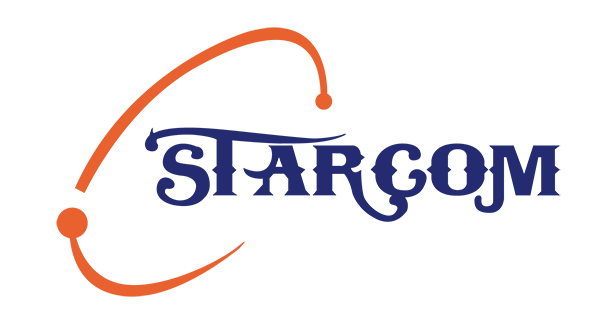Copper Broadband: The Evolution and Challenges of High-Speed Internet over Copper Lines
Introduction
In the world of high-speed internet, copper broadband has been a crucial technology that has connected millions of users to the online world. Despite the emergence of fiber optics and cable internet, copper broadband continues to play a significant role in delivering internet connectivity to homes and businesses. In this blog post, we will explore the evolution of copper broadband, its characteristics, advantages, and limitations. We will also discuss the challenges it faces in providing fast and reliable internet access and the ongoing transition to newer technologies.

- The Evolution of Copper Broadband
Copper broadband has come a long way from its early days as a medium for voice communication. With the advancement of digital technologies, copper lines have been repurposed to transmit high-speed internet signals. The Digital Subscriber Line (DSL) technology revolutionized copper broadband, allowing it to deliver faster internet speeds compared to traditional dial-up connections.
- Characteristics of Copper Broadband
It utilizes DSL technology to transmit digital data over existing copper telephone lines. It uses different DSL variants such as Asymmetric DSL (ADSL) and Very-high-bit-rate DSL (VDSL) to provide internet connectivity.
One of the primary characteristics of copper broadband is its wide availability. Copper telephone lines have been deployed extensively, reaching both urban and rural areas, which makes it a cost-effective option for delivering broadband services. Additionally, copper lines can support both voice and data transmission simultaneously, allowing users to make phone calls while using the internet.
- Advantages of Copper Broadband
Copper broadband offers several advantages that have contributed to its widespread adoption:
a. Wide Coverage: Copper lines have been installed in most regions, providing broadband connectivity to areas where other technologies may not be readily available. This widespread coverage makes copper broadband accessible to a larger population.
b. Compatibility: Copper broadband is compatible with existing telephone infrastructure and in-home wiring. This compatibility allows for a smooth transition from traditional voice services to high-speed internet without significant infrastructure changes.
c. Cost-Effectiveness: Compared to fiber optics and cable internet, It is often a more cost-effective solution for both service providers and end-users. The use of existing infrastructure reduces the need for extensive network upgrades and installations.
d. Reliability: Copper lines have proven to be reliable over the years, withstanding various environmental conditions. They are less susceptible to interference from electrical devices and can maintain a stable connection even over long distances.
- Limitations and Challenges
While copper broadband has its advantages, it also faces certain limitations and challenges:
a. Limited Bandwidth: Copper lines have limited capacity compared to fiber optics and cable internet. The bandwidth available over copper gradually decreases with distance, resulting in slower speeds for customers farther away from the central office.
b. Signal Degradation: Copper lines are susceptible to signal degradation caused by external interference, such as electromagnetic interference (EMI) and radio frequency interference (RFI). These interferences can impact the quality and stability of the internet connection.
c. Distance Limitations: The quality and speed of deteriorate as the distance between the user and the telephone exchange increases. Customers located far from the central office may experience significantly slower speeds compared to those in close proximity.
d. Infrastructure Upgrades: As demand for higher internet speeds increases, copper lines may require infrastructure upgrades to support faster DSL technologies. However, these upgrades can be costly and time-consuming, especially in areas with extensive copper deployments.
- Transition to Fiber and Cable
With the advent of fiber optics and cable internet, the telecommunications industry is gradually shifting away from it. Fiber optics offer significantly higher speeds and larger bandwidth capacity, making them the preferred medium for delivering ultra-fast internet connections. Cable internet, on the other hand, utilizes coaxial cables to provide high-speed internet access.
The transition to fiber and cable infrastructure presents challenges for service providers and end-users. In some areas, the existing copper infrastructure is being replaced with fiber optics, requiring extensive investments in network upgrades. However, in many regions, copper lines are still being used to provide broadband services, especially in areas where the cost of fiber deployment is prohibitive.
- Conclusion
It has played a crucial role in connecting users to the internet, offering wide coverage, compatibility, and cost-effective solutions. While facing limitations in terms of bandwidth and distance, copper broadband continues to provide reliable internet connectivity to millions of users worldwide. However, the ongoing shift towards fiber optics and cable internet highlights the need for faster and more robust internet solutions. As the telecommunications industry evolves, the focus will be on expanding the reach of fiber optics and cable infrastructure, while finding ways to ensure affordable and reliable internet access for all. Nevertheless, the legacy will endure, as it continues to serve as a viable option in areas where newer technologies are not yet accessible or cost-effective.
